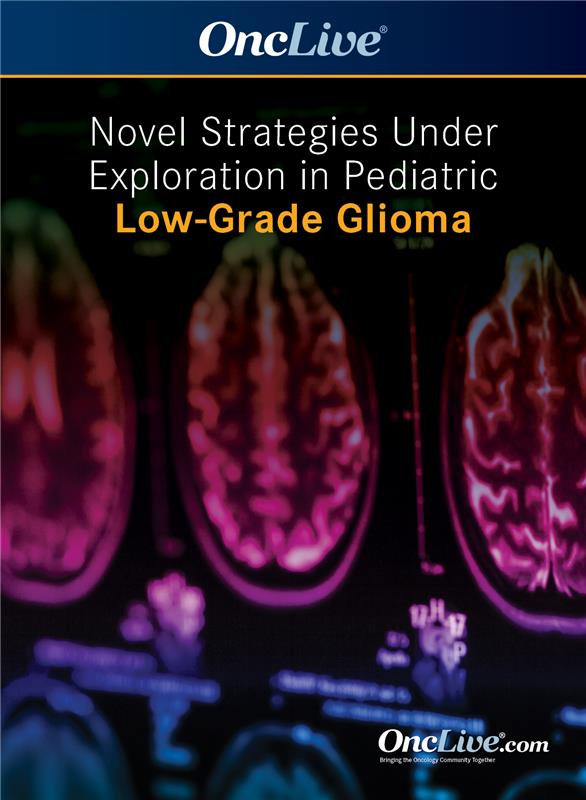Dr Hansford on the FIREFLY-1 Trial of Tovorafenib in Pediatric Low-Grade Glioma
Jordan Hansford, MD, discusses the phase 2 FIREFLY-1 trial, which is investigating the pan-RAF inhibitor tovorafenib (DAY101) in children and young adults with low-grade glioma.
Jordan Hansford, MD, clinical lead, Neuro-Oncology Group, Royal Children’s Hospital Melbourne, discusses the phase 2 FIREFLY-1 trial (NCT04775485), which is investigating the pan-RAF inhibitor tovorafenib (DAY101) in children and young adults patients with low-grade glioma.
At both the 2023 ASCO Annual Meeting and the 2023 SNO Pediatric Neuro-Oncology Research Conference, FIREFLY-1 investigators presented efficacy and safety findings from this 3-arm phase 2 trial, Hansford says. FIREFLY-1 enrolled patients aged 6 months to 25 years with RAF-altered tumors who experienced radiographic progression on at least 1 prior line of systemic therapy. Arm 1 of this trial (n = 77) enrolled patients with low-grade glioma harboring a known activating BRAF alteration, including a BRAF fusion or a BRAF V600E mutation. Arm 2 (n = 59) included patients with low-grade glioma harboring a known activating RAF alteration. Arm 3 is enrolling patients with locally advanced or metastatic solid tumors harboring a known activating RAF fusion whose disease relapsed after, progressed on, or was unresponsive to available therapies.
Patients in arm 1, including those with prior exposure to BRAF or MEK inhibitors, experienced marked responses to tovorafenib, Hansford emphasizes. In this arm, the overall response rate (ORR) per the Response Assessment in Neuro-Oncology – High-Grade Glioma (RANO-HGG) criteria was 67%, including a 6% complete response rate and a 61% partial response (PR) rate. Per RANO-HGG criteria, the clinical benefit rate (CBR) was 93%, and the CBR in patients who maintained a response or stable disease for at least 12 months was 71%. In addition, the ORR per the Response Assessment in Neuro-Oncology – Low-Grade Glioma criteria was 49%, including a PR rate of 26%.
The ORR per the Response Assessment in Pediatric Neuro-Oncology – Low-Grade Glioma criteria was 51%, including a PR rate of 25%.
In the safety population, which included patients from arms 1 and 2, the most common grade 3 or higher treatment-emergent adverse effects were maculopapular rash, fatigue, decreased appetite, and vomiting.
These data support the ongoing phase 3 FIREFLY-2 study (NCT05566795) of tovorafenib monotherapy vs standard of care chemotherapy in pediatric patients with RAF-altered low-grade glioma, Hansford concludes.




